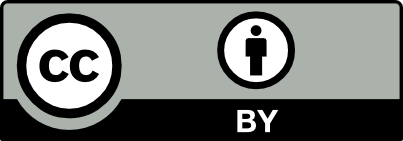Key Questions
How do you remove boron from brine?
Boron can be removed from brine by acidifying it to pH 0.1-6.0 and contacting it with an organic extraction medium containing diols with 6-20 carbon atoms.
What are the best solvents for extracting boron?
Effective solvents for boron extraction include 2-ethyl-1,3-hexane diol, isopentanol, isooctyl alcohol, and isodecanol dissolved in aromatic or kerosene solvents.
How efficient is reverse osmosis for boron removal?
Reverse osmosis can remove up to 50% of boron under neutral conditions and nearly 100% under alkaline conditions.
What factors affect boron removal by reverse osmosis?
Key factors include solution pH, initial boron concentration, salinity, temperature, recovery ratio, pressure, and feed flow rate.
How does pH affect boron removal?
Increasing pH generally improves boron removal efficiency for most processes, including reverse osmosis, forward osmosis, and solvent extraction.
What is the best way to recover boron from salt lake brines?
Solvent extraction using monohydric alcohols like isodecanol can achieve over 99% boron recovery from salt lake brines with high magnesium content.



